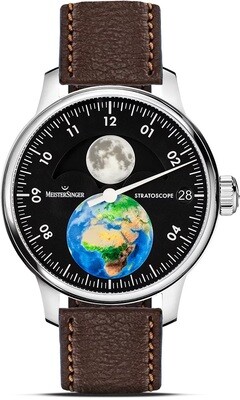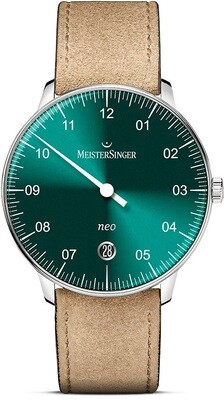The Astroscope displays the weekdays like they’ve never been shown before: related to the heavenly bodies that have been attributed to the various days since ancient times.
Antique heritage
It’s the Sun and the Moon that divide our time into day and night and the twelve months of the year for everyone to feel and observe. However, the division into seven-day weeks does not follow any particular astronomical rhythm, but has more of a mythological background. The method most likely dates back to the Babylonians, who, like many other peoples, considered the number seven to be especially holy and connected with seven heavenly bodies, i.e., the Sun, the Moon, Mars, Mercury, Jupiter, Venus, and Saturn. Just as most planets are named after Roman gods, most days of the week in both German and English take their corresponding names from Norse mythology. Throughout history, the allocation of the days of the week to celestial bodies has endured the test of time:
- Monday, the Moon ☽
- Tuesday, Mars ♂
- Wednesday, Mercury ☿
- Thursday, Jupiter ♃
- Friday, Venus ♀
- Saturday, Saturn ♄
- Sunday, the Sun ☉
With these celestial bodies and their classical symbols, the Astroscope shows the days of the week not in a linear or radial fashion, but wandering back and forth in a constellation that only occurs every ten to twelve years in the southern night sky of the northern hemisphere. Again in July 2020, with the exception of the Sun, of course, all the celestial bodies of the weekdays will be visible there at the same time. The Astroscope stylizes this formation on its dial; a bright dot appears on Monday at about 12 o’clock at the Moon symbol and the next day to the left at the Mars symbol. On Wednesday it appears next to Mercury at about 9 o’clock; on Thursday next to Jupiter at 3 o’clock ...
This is unusual, yet just as easy to understand as reading a time display with a single hand.
The Astroscope is powered by a Swiss automatic movement that can be viewed through the sixfold screwed glass exhibition back. The stainless steel case is a slender 40 millimeters in diameter and water-resistant up to a pressure of 5 bar.









